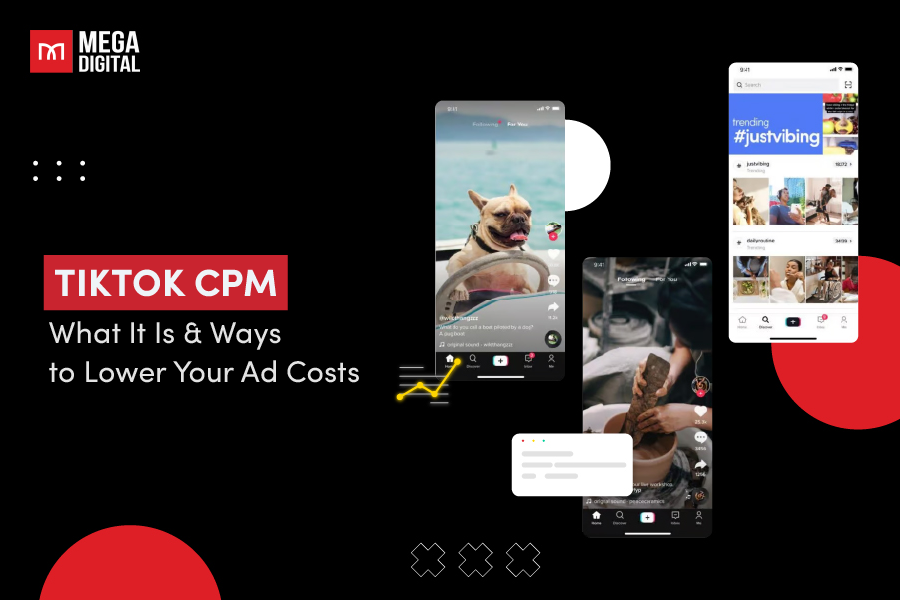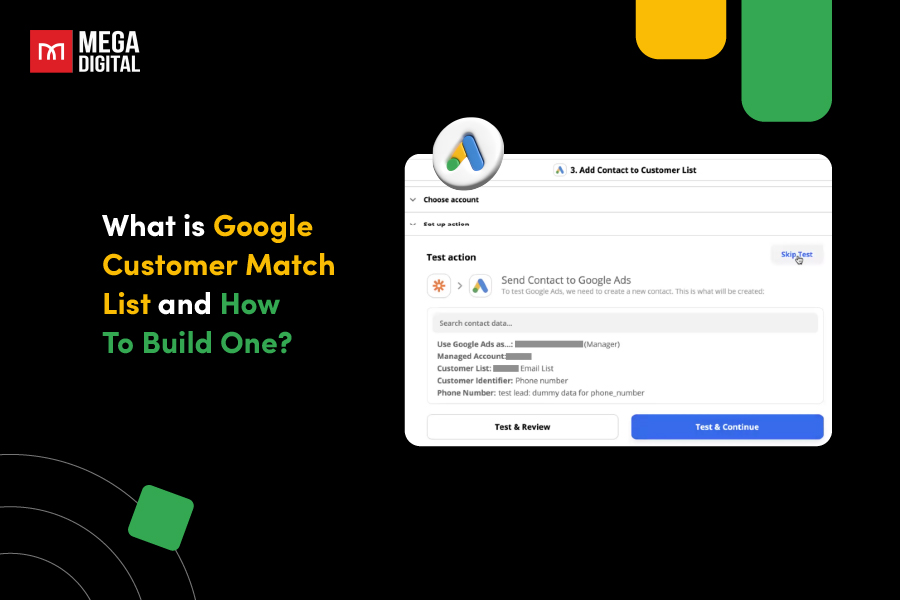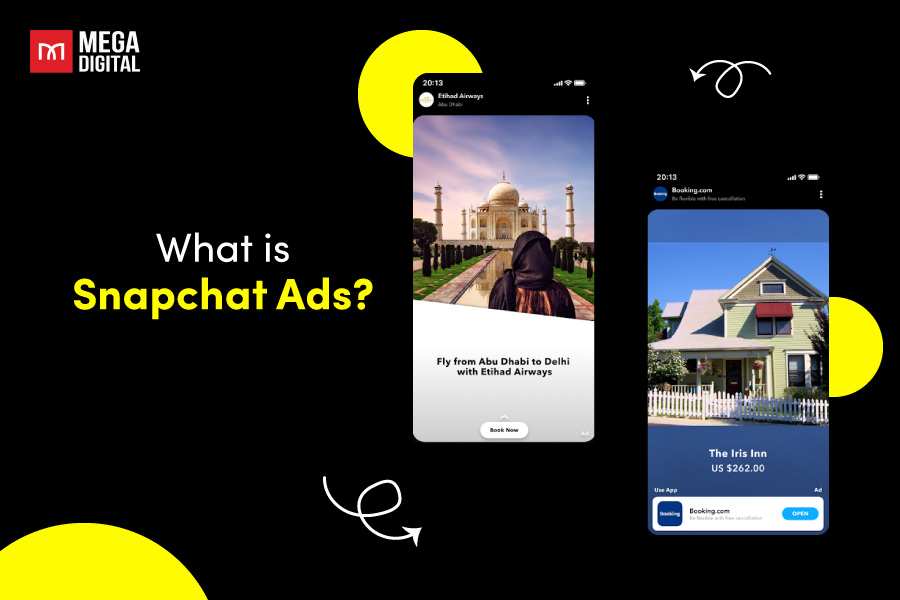If you run Facebook ads and want to know how much you’re spending and whether your ad budget is being used efficiently, you need to understand CPM. This metric shows how much it costs to get 1,000 impressions, giving you a clear view of your ad spend. In this blog post, I’ll explain what CPM in Facebook ads are, why your CPM might be high, and strategies to improve it for better ad performance.
What is CPM in Facebook Ads?
CPM (Cost Per Mille) in Facebook ads refers to the amount you pay for every 1,000 impressions your ad receives. An impression is counted each time your ad is shown to a user, regardless of whether they engage with it.
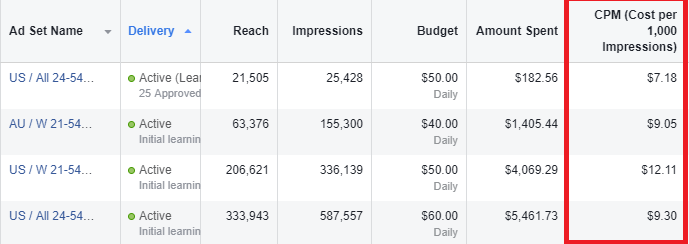
The M stands for “Mille” – the Latin word for a thousand. That’s also the reason why the letter M is used to note 1,000 in Roman numerals. Since no other metric is measured per thousand, it is implied CPM is for impressions only.
How to calculate CPM in Facebook ads?
CPM in Facebook ads is calculated by dividing your total ad spend by the number of impressions your ad received, then multiplying the result by 1,000.
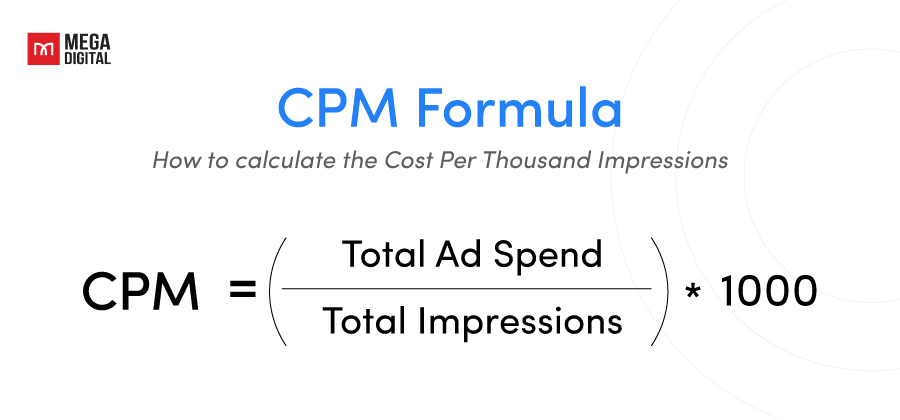
For example, if your ad spend is $10 and you received 4,000 impressions, your CPM would be calculated like this:

This means it costs $2.50 to get 1,000 impressions.
Keep in mind that impressions and reach are different. I have seen a lot of people misunderstand these 2 concepts.
Impressions count the total number of times your ad is displayed, even if the same person sees it multiple times. Reach, however, measures the number of unique users who see your ad.
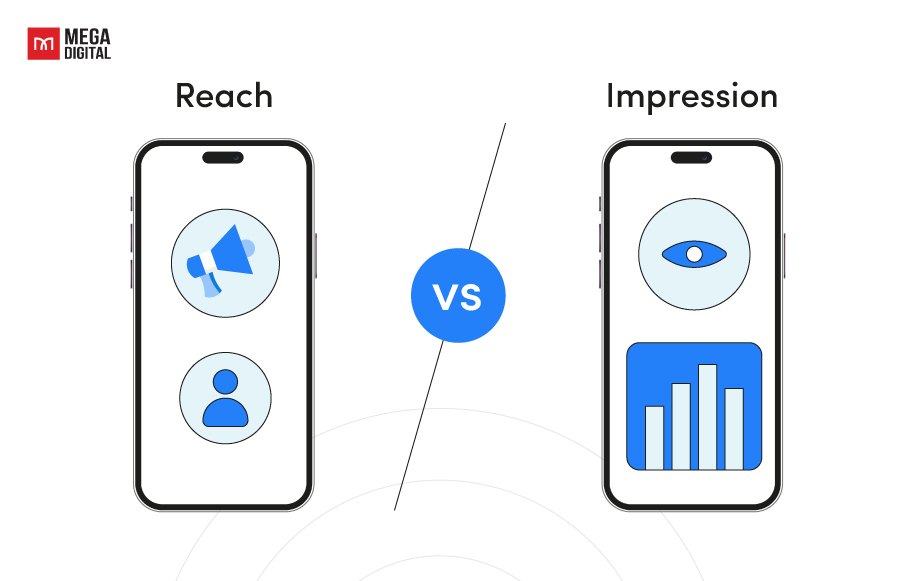
This distinction is important because CPM is based on impressions, not reach, so the same person seeing your ad several times will increase your impressions but not your reach.
Why is CPM so important?
Overall, CPM is a key metric used to measure the cost-efficiency of your campaigns:
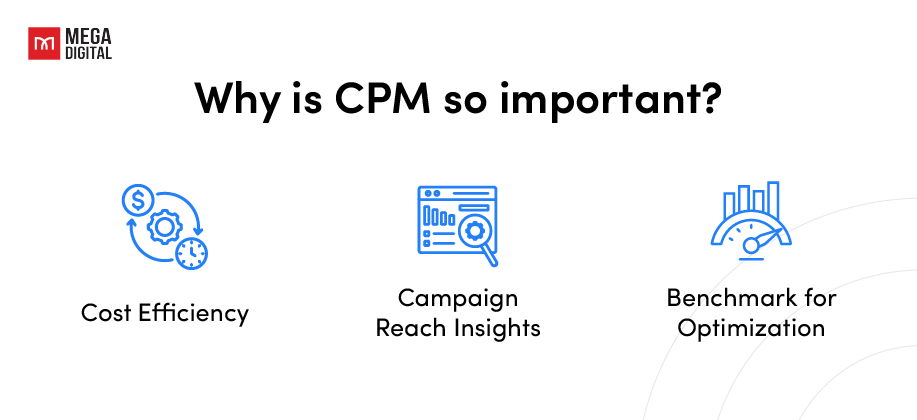
CPM helps advertisers understand the cost-efficiency of their campaigns, hence better allocate their budgets. If your CPM is low, you’re reaching more people for less money, which is essential for maximizing the value of your ad spend.
A crucial aspect of any marketing campaign is understanding how wide of an audience you’re reaching. CPM can measure your campaign’s reach. If your goal is brand awareness or increasing visibility, a lower CPM indicates you’re effectively getting your message in front of more eyes at a lower cost, and vice versa.
Tracking CPM over time helps advertisers compare the effectiveness of different campaigns or ad sets. By identifying trends in CPM, marketers can adjust their strategies to optimize performance, ensuring you get the best possible return on ad spend.
What is the average Facebook CPM?
Overall, the average Facebook CPM across all vertical industries is approximately $14.40.
Here is a breakdown of average CPM costs across various industries on Facebook.
| Industry | CPM |
|---|---|
| Animals & Pets | $13.85 |
| Apparel / Jewelry | $10.06 |
| Apparel / Luxury Fashion | $15.46 |
| Automotive — Repair, Service & Parts | $6.76 |
| Beauty & Personal Care | $12.99 |
| Education | $6.41 |
| Entertainment | $8.1 |
| Food & Beverage | $13.58 |
| Furniture | $14.09 |
| Gifts | $10.15 |
| Healthcare | $14.46 |
| Home & Home Improvement | $13 |
| Insurance Services | $25.48 |
| Personal Care | $13.34 |
| Real Estate | $10.14 |
| Sports & Fitness | $11.76 |
| Travel Services | $9.07 |
As you can see, the CPM varies widely, with categories like insurance services reaching $25.48, while industries like education and automotive repair have significantly lower CPMs.
>>> Read more: Facebook Ads Benchmarks for 19 Industries: What Experts Say?
How to check your CPM in Facebook Ads?
Checking your CPM in Facebook Ads is simple and can be done directly within Ads Manager. Here’s how you can do it:
Step 1: Go to Facebook Ads Manager
Navigate to your Facebook Ads Manager dashboard where you manage your campaigns.
Step 2: Select the Campaign
Click on the specific campaign you want to analyze.
Step 3: Check the Performance Column
Under the “Performance” section, locate the “CPM” metric, which will show your cost per 1,000 impressions for the selected campaign.

Step 4: Customize Columns
If you don’t see CPM being displayed, click “Customize Columns”.
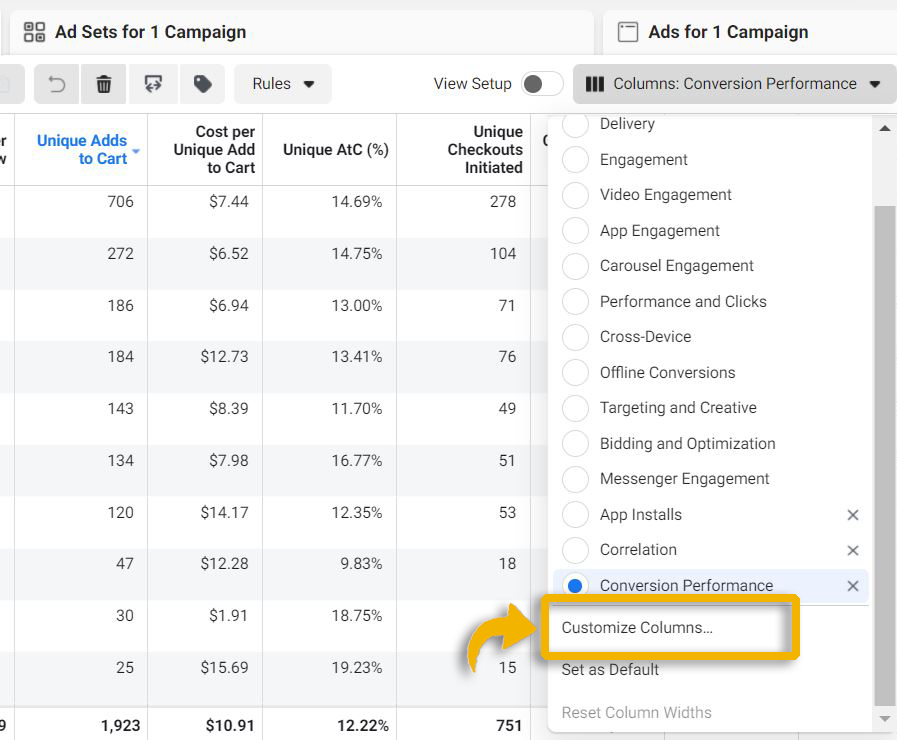
Select CPM (Cost per 1,000 Impressions) to display it.
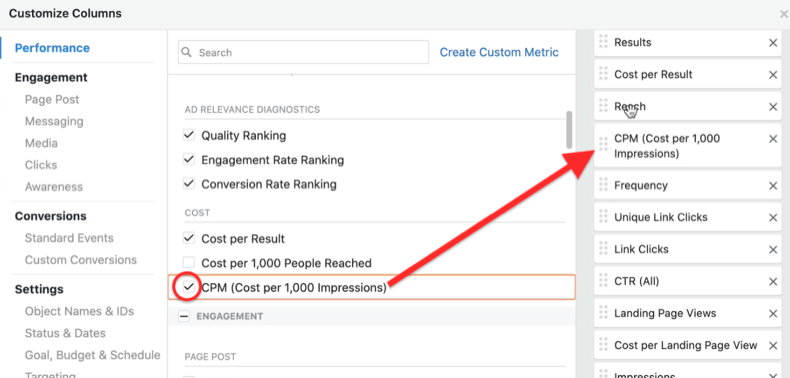
Why Is your Facebook ads CPM too high?
If you’re noticing your Facebook ad costs rising, your CPM might be higher than expected. But what’s exactly causing this?
1. Ad Fatigue
Is your Facebook ad losing steam? That could be a sign of ad fatigue, a dreaded ad situation that many advertisers have faced.
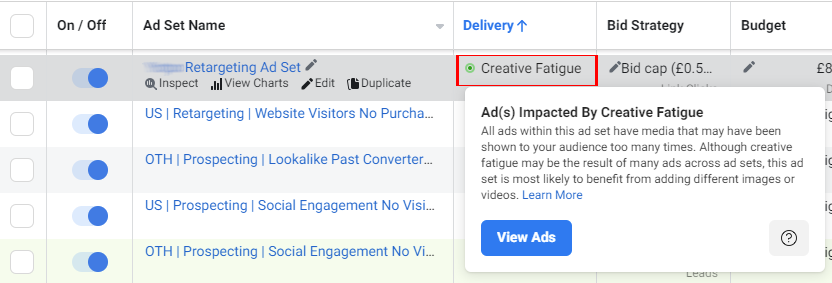
When the same audience sees your ad multiple times, engagement drops, and Facebook views the ad as less relevant. This causes the platform to charge more to display the ad, increasing your CPM.
2. Low Relevance Score
Facebook ad relevance score is a metric that indicates how relevant and engaging your ad is to your target audience. It is based on the ad’s expected performance, taking into account factors such as clicks, likes, and comments, as well as negative feedback like hiding or ignoring the ad.
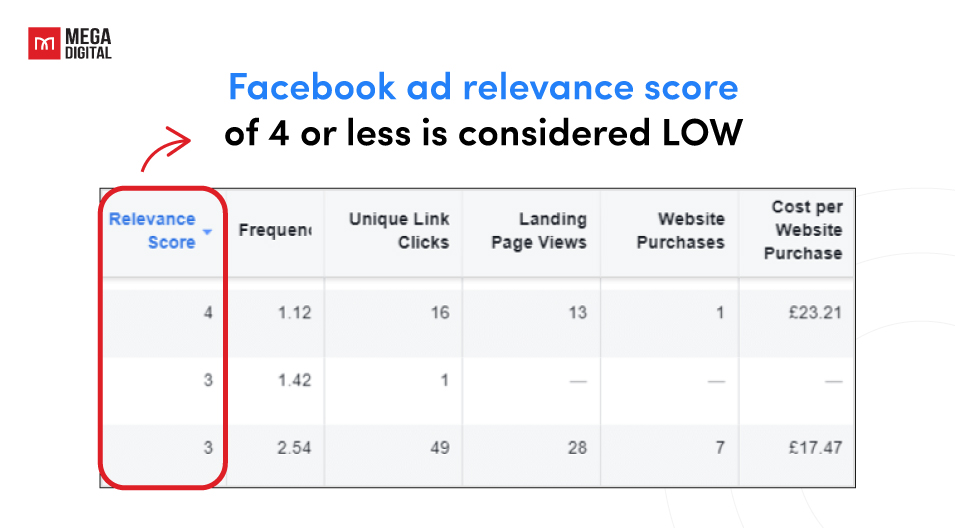
And guess what? Facebook will “judge” your ad based on these criteria. If your ad is poorly crafted, or doesn’t resonate with the audience, Facebook will increase the cost to deliver it. Low relevance indicates the ad isn’t engaging, which results in higher CPM.
3. Wrong Audience
Getting your ad in front of the right audience is crucial for controlling Facebook advertising costs.
Choose incorrectly, and your ad will not resonate, resulting in a low CTR, meaning fewer people are clicking your ad. This leads to higher CPC because Facebook charges more when fewer users engage with your ad. As a result, your CPM also increases.
4. Not Optimal Timing
The time of year you run your Facebook ads can significantly impact your CPM. Certain periods, like holidays or major events, see a surge in online advertising, which increases competition and drives up CPM.
For example, if you target sports fans around Super Bowl Sunday, you’ll compete with many brands running sports-themed ads. This high demand pushes up ad costs, leading to a higher CPM.
5. Ad Being Too Lame
If your ads are too dull or unengaging, it directly impacts how people respond to them. They fail to capture attention, leading to lower engagement, meaning fewer clicks and interactions.
When Facebook sees that your ad isn’t resonating with users, it considers the ad less relevant, which increases your CPM.
How to lower CPM in Facebook ads?
In case you’ve been experiencing higher CPMs on Facebook for several days, you need to address them ASAP. Otherwise, you’ll pay more to reach fewer people, reducing the overall impact of your campaign. Over time, this will hurt your ROAS, waste your budget, and make it harder to achieve your marketing goals.
Here are 4 best practices to improve your CPM:
Avoid Ad Fatigue by Refreshing Creatives
When users see the same ad too often, engagement decreases, driving up your CPM. You can combat this issue by frequently refreshing your creatives – change the visuals, messaging, or ad formats.

When you update elements like images, videos, or copy, you keep your audience interested, which increases engagement and helps Facebook view your ad as relevant. This, in turn, lowers your CPM because Facebook rewards ads that perform well.
Adjust Your Audience Targeting
If your CPM is high, your target audience may be too narrow or too competitive. Try broadening your audience slightly by expanding interests or demographics without losing relevance.
For instance, if you’re targeting a very specific group, include related interests to reach a wider audience.
Additionally, use Lookalike Audiences on Facebook to find new users who resemble your best customers.
Focus on Retargeting
Focus on Retargeting is an effective way to improve your CPM by targeting users who are already familiar with your brand. These users are more likely to engage with your ads, which helps lower costs and boost ad performance.
To implement this, use Facebook Pixel, a tool that tracks visitor behavior on your website. You’ll be able to create custom retargeting campaigns, showing tailored ads to those who are more likely to convert, ultimately improving CPM and overall ad efficiency.
Conduct A/B Testing
Assumptions can help get you started, but you can’t rely solely on guesses for your ad strategy. You have to figure out what works for your ad campaigns along the way.
To see what truly works, focus on A/B testing three main elements:
- Your audience
- Ad creative
- Ad copy
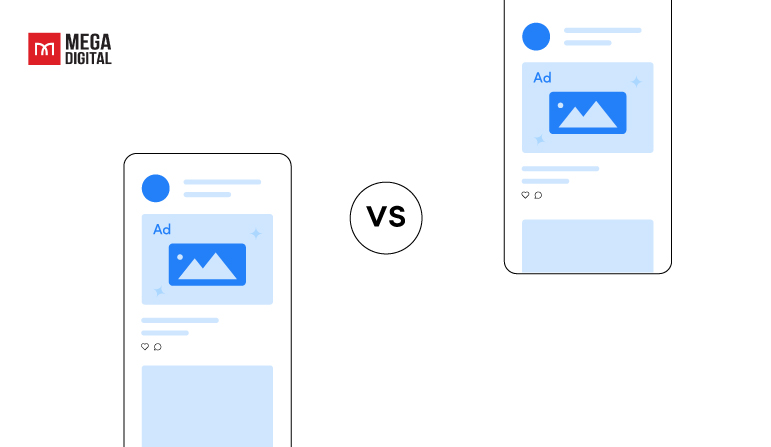
It’s important to change only one thing at a time during testing. This way, you’ll know exactly what led to the improvement or change in performance.
>>> Read more: How to Test Facebook Ads: A Tutorial for Beginners
Wrap-up
Mastering CPM in Facebook ads is key to improving your advertising performance. By regularly monitoring and optimizing your CPM, you can make the most of your budget and achieve better outcomes for your campaigns.







